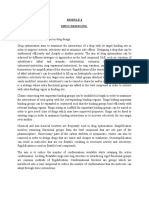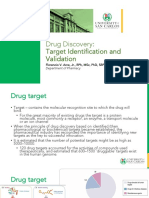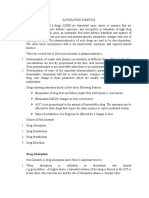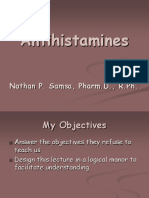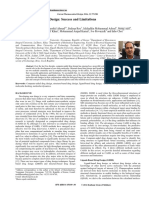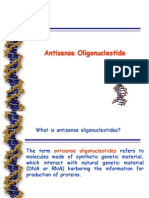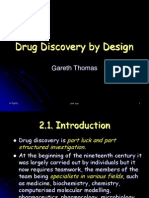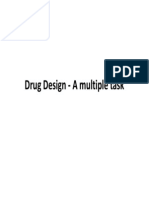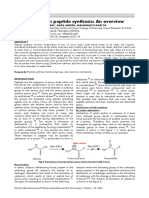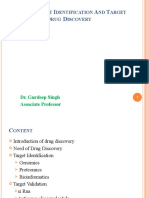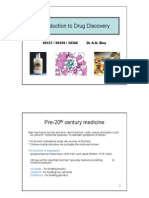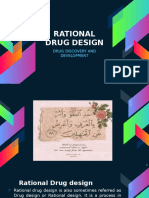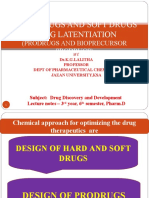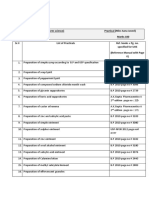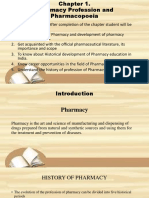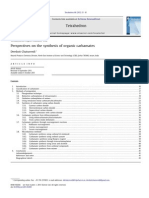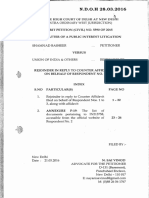0% found this document useful (0 votes)
692 views23 pagesChapter 3 Methods of Lead Optimization
1. Methods of lead optimization involve pharmacodynamic and pharmacokinetic optimization to improve the binding of leads to targets and their absorption, distribution, metabolism, and excretion.
2. Pharmacodynamic optimization uses structure-activity relationship studies and analog synthesis to identify functional groups important for binding. Pharmacokinetic optimization aims to design drugs that can be absorbed, reach their target, and be eliminated effectively.
3. Strategies to improve various pharmacokinetic properties include altering functional groups to modify polarity and hydrogen bonding, adding steric shields to hinder metabolism, introducing or removing metabolically susceptible groups, and targeting drugs to specific tissues. Optimizing these properties helps develop safer, more effective drugs.
Uploaded by
مها عقديCopyright
© © All Rights Reserved
We take content rights seriously. If you suspect this is your content, claim it here.
Available Formats
Download as PDF, TXT or read online on Scribd
0% found this document useful (0 votes)
692 views23 pagesChapter 3 Methods of Lead Optimization
1. Methods of lead optimization involve pharmacodynamic and pharmacokinetic optimization to improve the binding of leads to targets and their absorption, distribution, metabolism, and excretion.
2. Pharmacodynamic optimization uses structure-activity relationship studies and analog synthesis to identify functional groups important for binding. Pharmacokinetic optimization aims to design drugs that can be absorbed, reach their target, and be eliminated effectively.
3. Strategies to improve various pharmacokinetic properties include altering functional groups to modify polarity and hydrogen bonding, adding steric shields to hinder metabolism, introducing or removing metabolically susceptible groups, and targeting drugs to specific tissues. Optimizing these properties helps develop safer, more effective drugs.
Uploaded by
مها عقديCopyright
© © All Rights Reserved
We take content rights seriously. If you suspect this is your content, claim it here.
Available Formats
Download as PDF, TXT or read online on Scribd
/ 23
